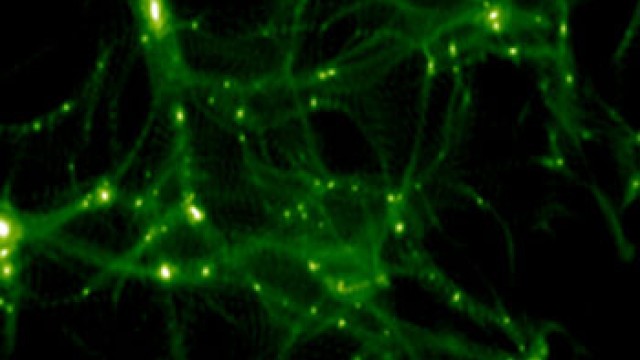
Gravity and quantum field theory
We focus on the mathematical structures that underpin fundamental physical theories including quantum field theories such as Chern—Simons and Yang—Mills theories as well as gravitational theories such as supergravity and string theory.
Selected PhD theses
- R Delmasso, Killing spinors, extensions and metric diagonalization in pseudo-Riemannian geometry, supervisors: D Conti and J Grant
- D Farotti, Supergravity, supersymmetry, and black holes, supervisor: J Gutowski
- D Bielli, Non-Abelian T-duality in superspace, supervisors: Silvia Penati and M Wolf
- L Wyss, Strings and spins in deformed AdS/CFT, supervisor: A Torrielli
- L Raspolini, Higher gauge theory, BV formalism, and self-dual theories from twistor space, supervisor: M Wolf
- T Macrelli, Homotopy algebras, gauge theory, and gravity, supervisor M Wolf
- R Sisca, Heterotic vacua and their universal geometry, supervisor: J McOrist
- A Fontanella, Black horizons and integrability in string theory, supervisor: J Gutowski
- A Pittelli, Dualities and integrability in low dimensional AdS/CFT, supervisors: A Torrielli and M Wolf
- F Nieri, Integrable structures in supersymmetric gauge theories, supervisor: S Pasquetti

Upcoming and past events
We run regular seminars throughout term discussing ongoing research we are doing in the group. Take a look at some of the past events we have held to get a taste of our offering.








